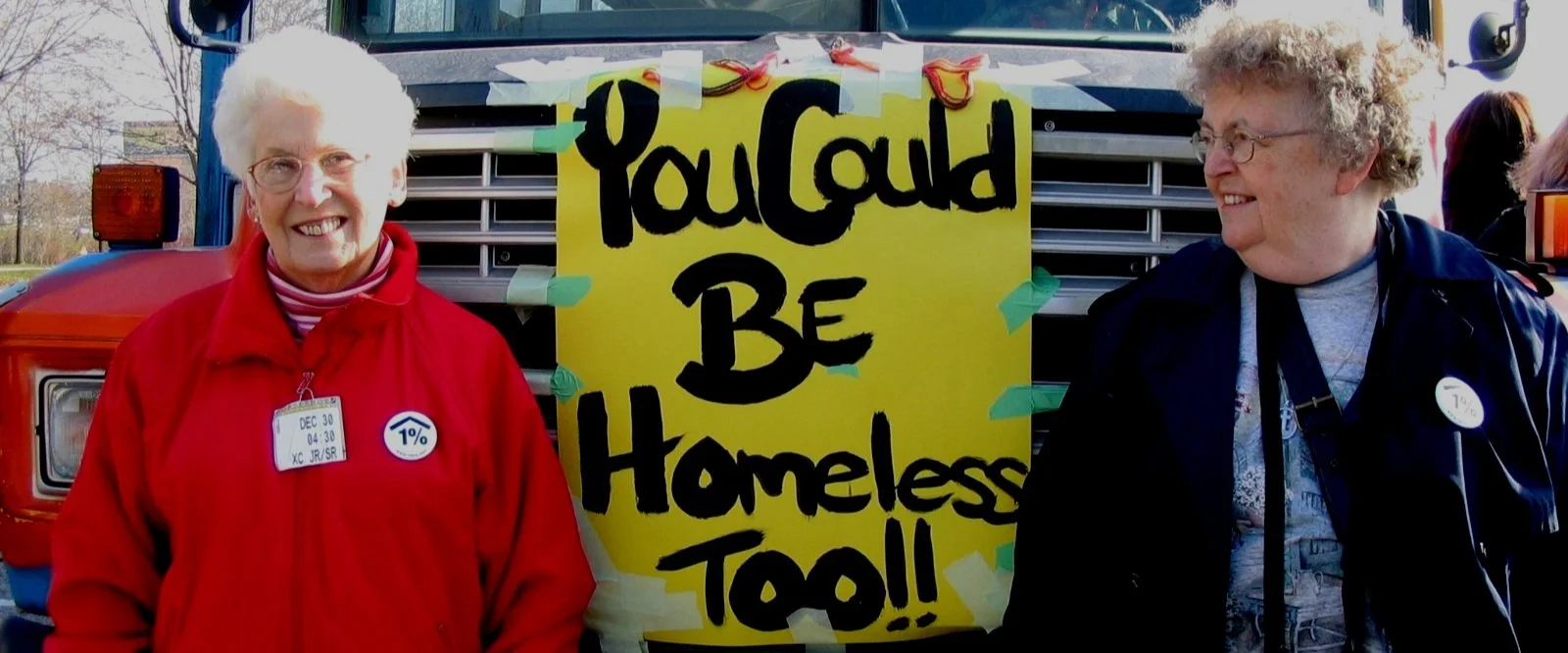After consulting with partner organizations from across Ontario, we urge the Provincial Government to implement a human rights approach and to include 5 points in the human trafficking strategy.
Provincial Human Trafficking Strategy Creates Unjust Competition for Resources and Divides Survivors as Deserving and Undeserving.
LONDON, ONTARIO/FOR IMMEDIATE RELEASE/ July 27, 2020: Recently, the Government of Ontario announced a five-year strategy to address human trafficking and promised investments up to $307 million to raise awareness, protect victims, intervene early, support survivors, and hold offenders accountable.[1]
While the government’s efforts are commendable, particularly its commitment to funding peer and survivor led work, the strategy and the call for applications focuses exclusively on child and youth sexual exploitation. "Human trafficking is fundamentally a human rights issue. Experience tells us that people become vulnerable to being trafficked when they're experiencing isolation, social exclusion, homelessness, poverty, gender inequality, racism and colonialism. This is the most effective level at which to address exploitation and human trafficking in all its forms. It requires us to change as a society; to create good job opportunities and strong social protections for all, regardless of immigration status" says Sue Wilson, the Director of the Office for Systemic Justice.
The Federation of the Sisters of St. Joseph, after consulting with partner organizations from across Ontario, released a statement urging the Provincial Government to implement a human rights approach and to include the following points in the human trafficking strategy:
Address the root causes of human trafficking by creating easy access to sufficient levels of social assistance, comprehensive health care including mental health services, gender parity in wages, and good jobs which pay a living wage. All persons need easy access to social protections, regardless of immigration status.
Prioritize funding for educational programs (led by grassroots community organizations) which are focused on preventing human trafficking by advancing equity and addressing root causes such as gender inequality, systemic racism, colonialism, ableism, rape culture and more.
Raise awareness of current forms of labour trafficking in Ontario, highlighting aspects of structural racism and economic exploitation.
Increase labour inspections for the protection of all workers in Ontario, especially migrant workers.
License and regulate contractors and recruiters of migrant workers.
++++++++++++++++++++
For more information, contact:
Sue Wilson, CSJ
Office for Systemic Justice
Federation of Sisters of St. Joseph of Canada
[1] https://news.ontario.ca/opo/en/2020/03/ontarios-new-anti-human-trafficking-strategy.html










